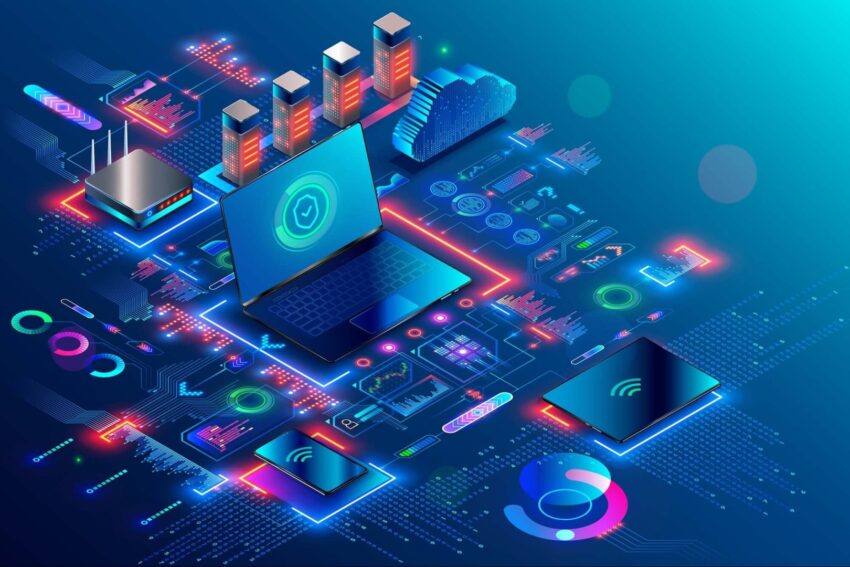
Internet of Things: A Collection of Data and Things
A Collection of Data and Things
Within seconds, a company executive in the U.S. can know exactly how many parts their global manufacturing plants are producing. A delivery company can tell you exactly to the minute when their truck will be arriving. A utility company can monitor usage across the country and know when it’s reaching a peak. All of this can be done because of the Internet of Things (IoT) and Big Data.
What is Internet of Things (IoT)
The IoT is basically a collection of Internet-enabled devices or sensors, other than your computer. These devises are connected to the Internet and can send and receive data. Big data is what you get when all of this information is collected and analyzed.
Devices such as smartphones, scanners, sensors, and GPS can gather and distribute a lot of information. IoT technology allows the input from these devices to be pulled together. Once it’s all been collected, companies can utilize big data analytics tools to improve business operations. Moreover, they can manage equipment and people, target marketing. And make their business run more effectively and efficiently.
How is IoT Effecting Lives?
The IoT is forcing people and companies to change the way they look at things. Information is being funneled fast, in large amounts, structured and unstructured. And from places we never thought we’d get information from. Refrigerators talking to smartphones for a shopping list. Or fitness trackers measuring your burned calories. Sensors sending vital health data to doctors to monitor their patients’ health in real time, and anything else you can imagine. Vendors can then use that information for marketing directly to consumers or provide better and timely service. Inventory in stores could soon be reliant on just a sensor on a shelf. This sensor indicates when an item needs to be restocked.
How do you make the most of the data pouring in from things like smart meters, devices, and sensors. How is this data going to affect your next business decision? And how is it all going to be analyzed?
Companies need to plan for a continuing influx of data. As more devices become connected and interconnected. You need the bandwidth to store data. And real-time analytical tools to analyze it. And the ability to monetize it and turn it into something profitable. Without a plan, you could be left behind.

